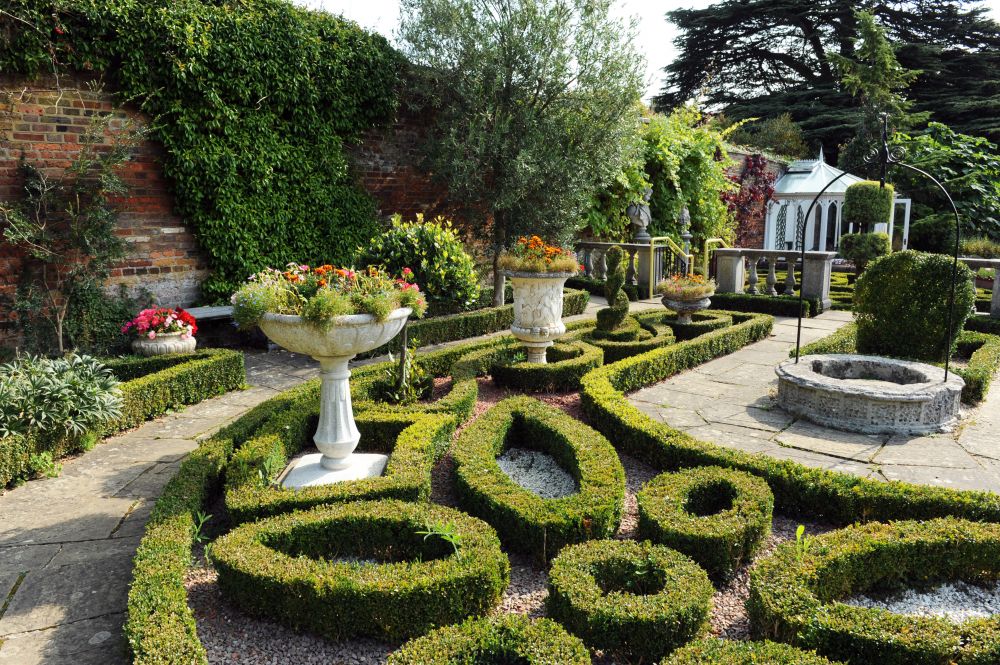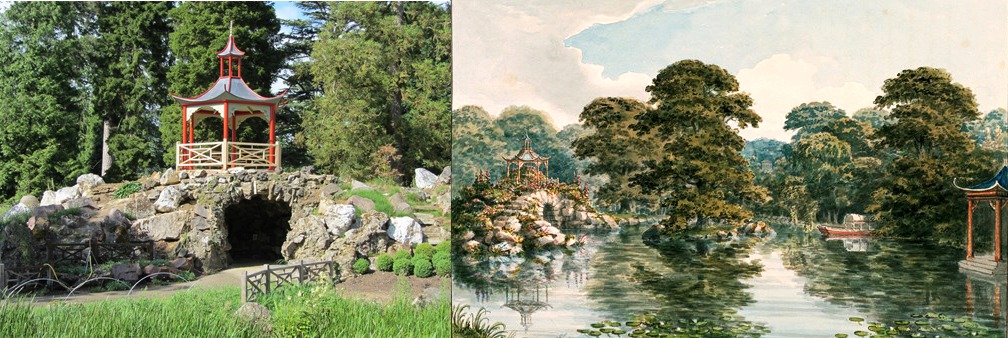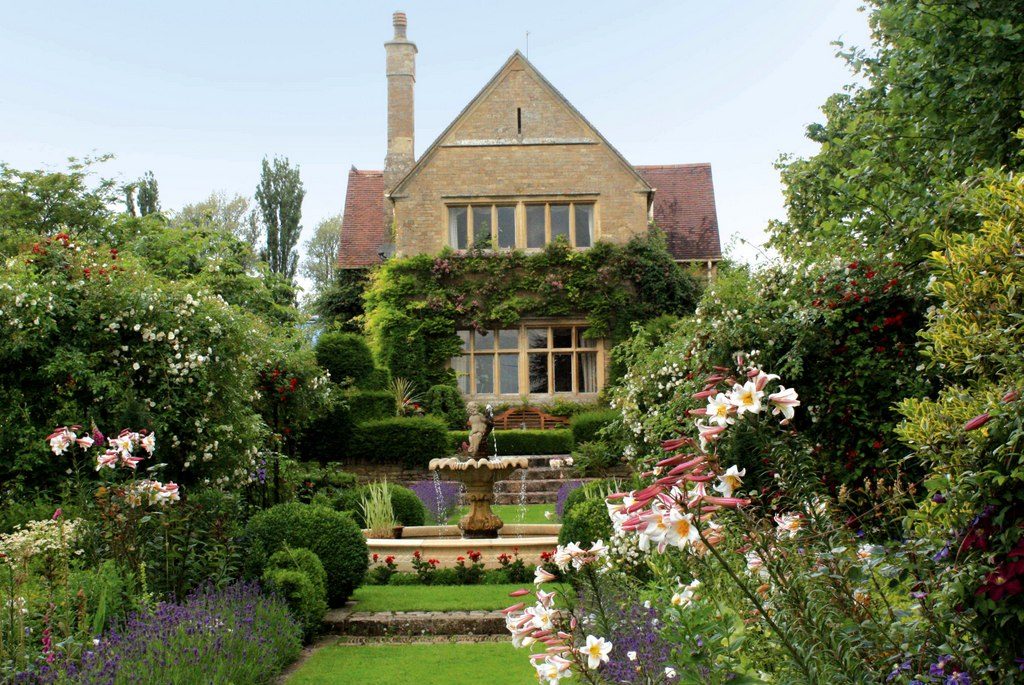Which is the best Royal Park for garden-loving visitors? The more I think about London’s Royal Parks, the better I like them. So I can’t give a favourite. But if a gardening friend was coming to London and said ‘I’ve only got time for one Royal Park – which should it be?’ I would say ‘Regent’s Park’. If an architect or urban designer asked me the same question I would give the same answer. The two most astonishing things about Regent’s Park, for me, are that no urban expansion scheme of the twentieth century equaled its quality – and that Modernist architects wanted to knock down the Nash terraces in the 1950s. The above video shows some of the things I love about Regent’s Park.
Author Archives: Tom Turner
Wrest Park Garden is a stylistic hybrid – and all the better for it

The central axis of Wrest Park Garden is one of the best examples of the High Baroque Style of garden design in England
Wrest Park is not as well-visited as it deserves. The garden was restored in 2011 and, faced with the question ‘when should it be restored to?’, English Heritage took the sensible decision to restore separate parts of the garden to different dates: the Baroque section to the Late Baroque period, the perimeter canal section to the Serpentine Style of the mid-eighteenth century, the Victorian section to the Mixed Style of the mid-nineteenth century. Visitors may well find it necessary to consult the Gardenvisit.com style chart to understand the design. I agree with Tim Richardson that Wrest Park may appear in a future stylistic classification as a prime example of a ‘National Trust restoration’.
Stockwood Park historic period garden styles

A period garden in the old walled garden at Stockwood (photo Stockwood Discovery Centre)
Stockwood Park in Bedfordshire has an interesting collection of period gardens in various styles. I like them but would like them even more if the the designers had been more careful in making use of known information about historic styles of garden design in the UK.
Woburn Abbey restoration of the garden using Repton’s Red Book

The oriental pavilion at Woburn Abbey, as it was built in 2011 and as shown in Repton’s Red Book. The grotto was built in the early nineteenth century. Though often described as a ‘rockery’, I think grotto is a more appropriate term. Rock gardens were late nineteenth century garden features.
Congratulations to Woburn Abbey Garden for its on-going programme for the ‘restoration’ of the garden designed by Humphry Repton 1802-5. Repton is by far the most important landscape and garden theorist of the nineteenth century and it is a pity that more of his work can’t be seen.
Sigiriya Buddhist Garden in Sri Lanka
Sigiriya has an exceptionally interesting garden. Though often described as a ‘palace garden’ its character is much more likely to derive from the time when it was a Buddhist monastery. What looks at first sight like a ‘formal water garden’ of the kind made in Renaissance Europe was probably a set of baoli ponds used by the monks for drinking water, washing and ritual cleansing. The beautiful goddesses on the mirror wall are akin to those in other Buddhist monasteries of the period.
Kathy Brown’s garden
Kathy Brown writes on cooking and has made a garden which is as much appreciated for its beauty as for its cakes. Kathy is the author of a book on The Edible Flower Garden.
I wish more people used their gardens to grow food, as well as for delight. The first horticultural enclosure was made more than 10,000 years ago. Purely ‘ornamental’ gardening probably began no more than 300 years ago and only became dominant about 100 years ago.


